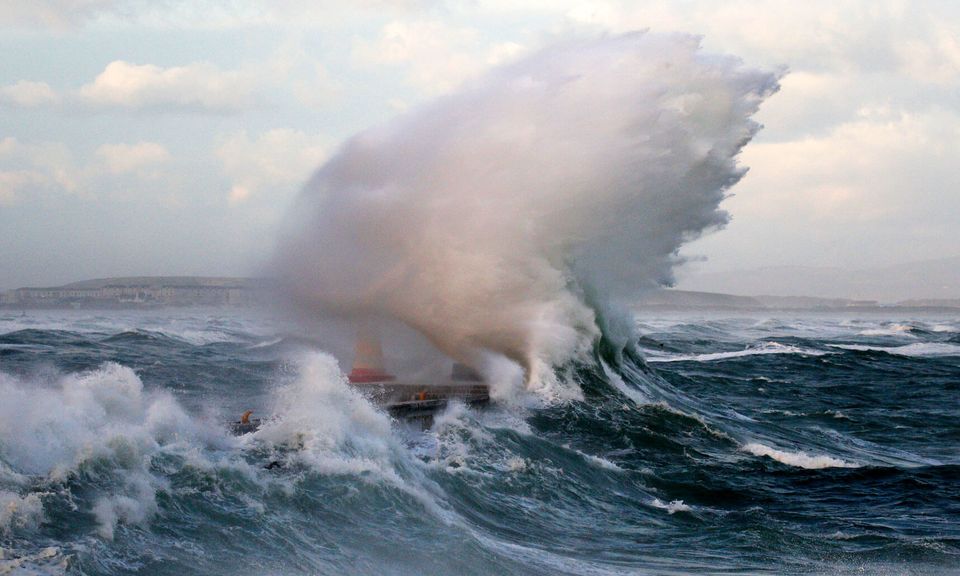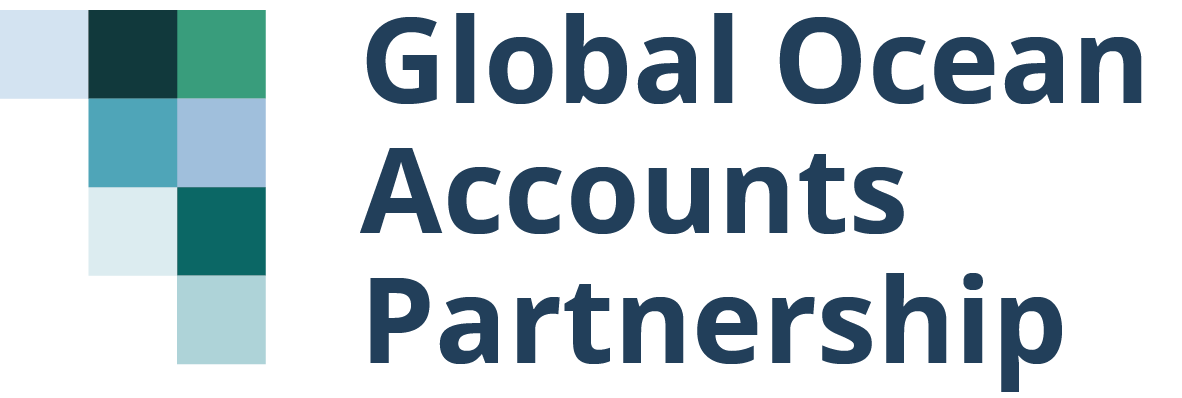Ocean Accounts Diagnostic Tool

The Ocean Accounts Diagnostic Tool is designed to engage and guide structured dialogue among stakeholders – data users, producers, and holders – to strategically implement and advance ocean accounts.
The recommended approach (as applied in UN-ESCAP Ocean Accounts pilot studies) is to use the Diagnostic Tool outline as the structure for a more detailed scoping report. The scoping report may be coordinated by an independent consultant, the National Statistical Office (NSO) or by a government agency responsible for the ocean.
The Ocean Accounts Diagnostic Tool is designed for use in a workshop setting with prior and subsequent iteration and is made up of seven diagnostic components with underlying practical actions:
1. Statement of Strategy and Policy Priorities
- Document national visions and priorities related to the ocean, the environment, biodiversity, sustainable development, and green/blue economy, including managing natural assets and flows of services from them.
- Link priorities to environmental concerns, such as pollution or overfishing.
2. Institutions
- Identify stakeholders including producers and users of related information (government agencies, academia, NGOs, international agencies), but also other groups such as civil society that can benefit from improved information.
- Identify relevant institutional mechanisms currently in place.
- Review the role of the National Statistical Office to highlight the advantages of integrating information and approaches across the National Statistical System.
3. Knowledge
- Identify key national data sources that can be used as a basis for further development.
4. Progress
- Understand what progress has already been made in developing ocean data, statistics and accounts as well as other environment statistics and accounts.
5. Context
- Identify related statistical development activities that could benefit (and benefit from) ocean accounts initiatives.
6. Priorities
- Determine the priorities for action to develop selected ocean accounts.
7. Constraints and opportunities
- Assess (a) constraints to implementing specific ocean accounts and (b) opportunities for immediate actions to address these constraints.
